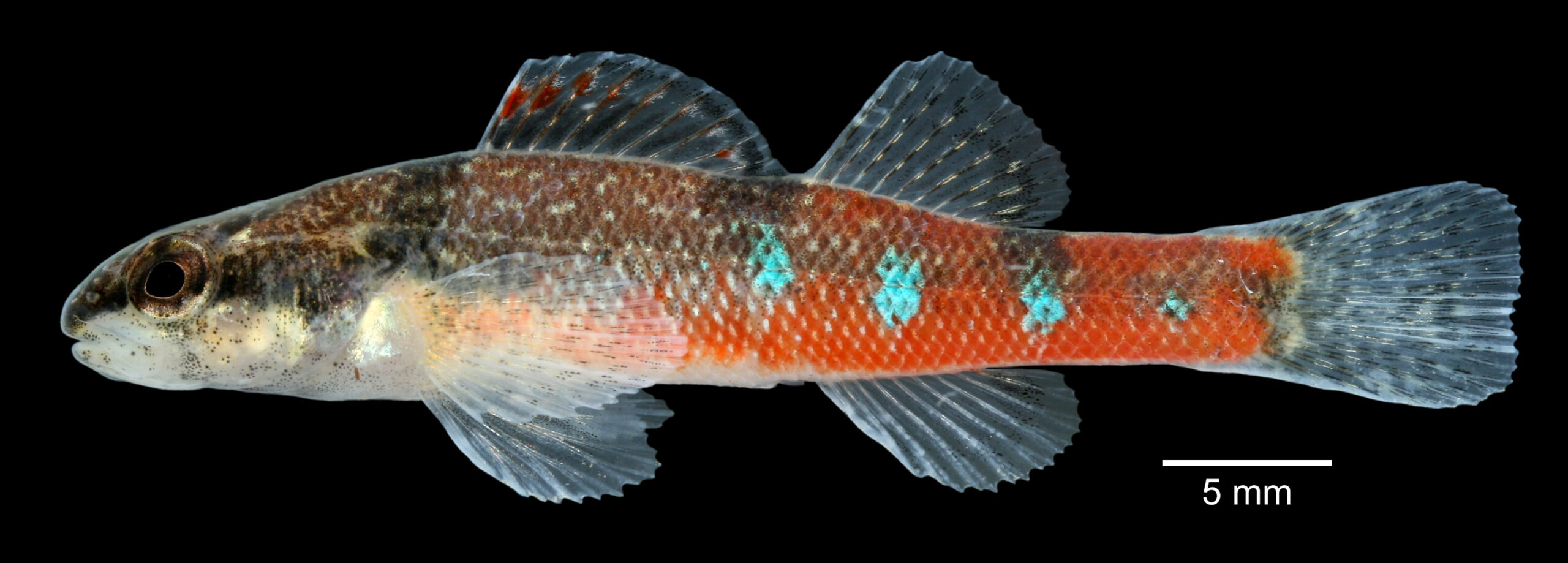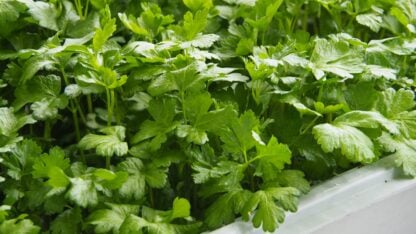The trispot darter lives in Georgia’s Conasauga River, but that’s not where it lays its eggs. The shiny orange fish with turquoise spots swims up into small streams to spawn.
“It’s kind of an amazing trek it has to make to get up to its headwaters, so anything that obstructs its path is going to prevent it from spawning,” said Jeff Powell, an assistant field supervisor at the U.S. Fish and Wildlife Service.
That’s the main reason why the fish is in trouble; things like dams or culverts under roads block its way. Powell said low water levels can affect the trispot darter, too, since if the stream is too low, it can’t get where it’s trying to go.
And if the trispot darter can’t get to its spawning habitat, it can’t reproduce. The federal government is looking at protecting it as “threatened” under the Endangered Species Act.
Georgia already considers trispot darters endangered. Brett Albanese with the state Department of Natural Resources said he rarely sees the fish.
“I’ve only collected it a handful of times,” he said. “I’ve been a fish biologist for DNR since 2003, and done a lot of sampling in these areas where they could occur.”
The Conasauga is one of the most diverse rivers in North America. It has more than three times the number of native fish as the Colorado, a significantly larger river system.
Parts of it are pristine. But Albanese said runoff from farms is a problem where the trispot darter lives.
“There’s lots of agricultural activity allowing sediment and pesticides, herbicides, nutrients and chemical pollutants to wash into the stream and that damages their habitat,” he said.
The state and federal wildlife agencies work with private landowners to minimize effects on the fish; rebuilding culverts so that they don’t stop the fish, and working with farmers to minimize effects on water quality.
“It is a beautiful little fish, and it has a unique life history and it’s really interesting,” said Powell. “If we can keep this species alive in the Conasauga River, the way we’re going to do that is protecting water quality, and that benefits everybody.”









